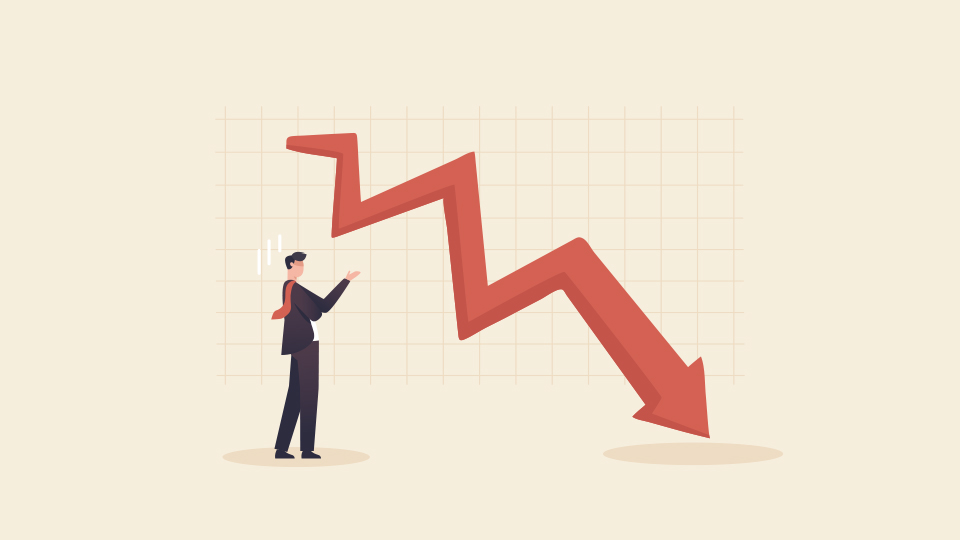The 2021-22 financial year was a tale of two halves.
In the first half, global markets were optimistic and looking forward to a recovery from the COVID-19 pandemic. Monetary and fiscal policy were still stimulatory and high inflation was being viewed as transitory. The S&P 500 touched record levels in early January 2022.
The second half saw a couple of major events – the Russian invasion of Ukraine and China’s hard lockdown policy – which amplified inflation and global supply chain problems. Inflation started printing above 8 per cent in the US and Europe, and central banks scrambled to tighten monetary policy.
The US Federal Reserve (the Fed) moved from Quantitative Easing (QE) to Quantitative Tightening (QT) and started lifting the cash rate aggressively, in 0.75 per cent increments. Other central banks soon started following suit, although New Zealand was already well down this path.
This resulted in a major lift in interest rates from cash out to 10-year bonds, which led to a material derating in the market valuations of bonds, stocks and property which had been supported for years by ultra-low interest rates.
For the first time in decades, bonds and stocks were falling in tandem and 60/40 balanced funds were bearing the brunt of the regime shift in inflation and interest rates.
Commodities, infrastructure and floating rate bonds and hybrids outperformed, as these assets generally benefit from inflation. Indeed, rising oil, gas and coal prices have been a key cause of inflation. That said, worries about slowing global growth and China’s hard lockdowns have seen commodities retreat in July 2022.
Australia
Australia has been a beneficiary of high commodity prices and indeed the local share market outperformed global markets for most of FY22. But higher energy costs are also causing major problems on the east coast of Australia, along with repeated flooding in QLD and NSW.
The new Labor Government has had a baptism of fire, dealing with an energy crisis, floods, the Reserve Bank of Australia (RBA) lifting interest rates by 0.50 per cent increments, and mending foreign relations in the Pacific and Europe.
Households are facing higher living expenses and higher mortgage repayments. With debt levels continuing to rise, there are likely to be some major problems ahead as households revert to considerably higher variable mortgage rates over the next one to two years. We note that Australia’s household debt/GDP ratio is about 120 per cent – well above the OECD average of 75 per cent.
On the positive side, cash buffers (savings and loan offsets) are high, and employment and wage income are robust. As the RBA has noted: a key source of uncertainty about the economic outlook is the behaviour of household spending. That’s an understatement! It is the critical issue.
Will households reduce consumption materially and thus sow the seeds of a recession that the central bank and government may not be able to prevent?
On the positive side, the Australian economy remains resilient thus far and unemployment is low. The savings rate is generally high and there may be some capacity to absorb higher costs and interest rates in the short term.
But falling housing, equity and commodity markets seem to indicate trouble ahead.
Outlook
Central banks are raising interest rates aggressively to curb inflation as quickly as they can.
Rising interest rates reduce aggregate demand and, in turn, the general level of prices. It is a crude response to inflation, caused largely by supply chain problems, but central banks have no other option.
The problem is that reducing demand can also lead to recession and higher unemployment. The key question is: will inflation come down fast enough for central banks to ease monetary tightening and avoid a recession?
When you consider that US inflation is at 8.6 per cent versus the Fed’s 2.0 per cent target, and Australian inflation is likely to be 6.5-7.0 per cent in the June quarter (issued late July) versus the RBA’s 2-3 per cent target, it looks like interest rates will need to remain high for most of FY23.
Households will battle higher living costs plus higher mortgage repayments. Likewise, companies will face higher expenses and a rising cost of capital, and may not be able to pass on higher prices if demand is falling.
Our main concern is that companies are at risk of downgrading earnings over the next year, meaning the ‘E’ in P/E maybe too high and stocks are not as cheap as they look. The first leg down in the share market related to higher interest rates but there could be another leg down on earnings downgrades. Much depends on how long inflation and interest rates stay high and how much damage this causes to the economy.
We can get some clues on the probability of recession by observing the yield curve and commodity prices. If the long-end of the yield curve (10-year bond yield) starts to fall below the short end (two-year bond yield) then the market is starting to price in recession ahead. This is described as an inverse yield curve, and the US yield curve inverted in July, meaning recession concerns are rising.
The other indicator is ‘Dr Copper’ which is a key industrial metal that is used as a leading indicator on global growth, particularly in China. Here too, the news is not good, with the copper price recently breaking down from US$4.40/pound to US$3.50/pound in July. The recession drums seem to be beating louder.
Overall, we remain bearish on concerns that rising interest rates and rising costs will have a material impact on households and companies. There is an increased chance of recession ahead. That said, investors are now being rewarded with much higher interest rates across cash, fixed term deposits and bonds. Equity and property markets will recover as soon as the central bank tightening cycle looks to have peaked.
We recommend a quality and value approach to all assets, which means staying with quality issuers and companies and not venturing into higher risk assets. The higher yields on offer in cash and fixed interest means a tilt back to balanced settings maybe appropriate, particularly for those in pension mode.
Need share market investment advice?
LDB’s wealth management experts and financial planners have proved invaluable during the pandemic, and as we navigate further uncertain times, you may need help with managing your investment portfolio.
We can assist with strategic financial advice on everything including superannuation, investing in the share market, estate planning, retirement planning, personal insurance advice, and more.
To get in touch, call (03) 9875 2900 or send us details via the contact form below.






